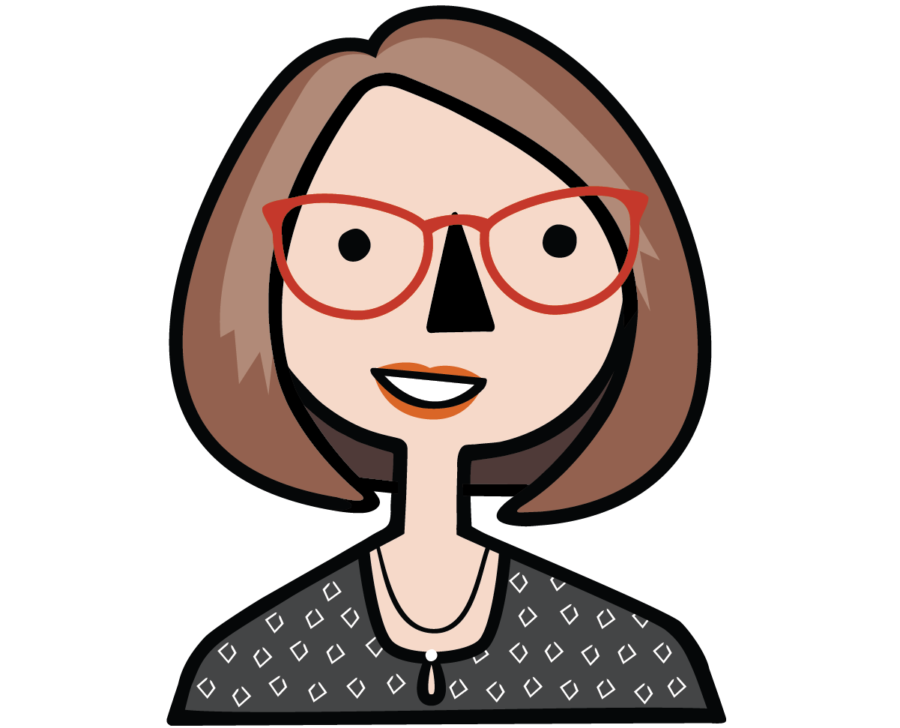Staff Spotlight: Claudia Cameratti-Baeza
Claudia Cameratti-Baeza, the new Assistant Director for Experiential Learning, sat down with storyteller Sydney Moore to talk about her role at C-SED and what she is looking forward to this year.
Story by Sydney Moore
How did you become involved with C-SED?
In a previous position I worked with Charlie Michaels and Ann Verhey-Henke on redesigning a first year engineering course. I served as a consultant for CRLT Foundational Course Initiative during the three year long course transformation, which involved bringing in social dimensions and the SED process model. I found the evolution of the process model fascinating. Then, when I saw the job posting I was really excited because it sounded like something I would really be interested in pursuing.
Describe your role at C-SED
My official title is Assistant Director for Experiential Learning, so I work closely with Charlie to review, design and develop C-SED content and grow the Asset library. I also offer pedagogical consultation, and I serve as a liaison for professors who want to integrate C-SED content into their classrooms. Furthermore, I provide all types of support to C-SED’s graduate facilitators throughout the year.
Any advice for those considering your role or a similar one?
In general, you have to be open to working with lots of other roles and ages. This is not a solitary job. It’s always a collective endeavor, so it requires a lot of listening with humility and patience to understand what people truly need. Also, you have to have compassion for other people’s lives, goals and timelines. Things are not always going to go as smoothly as you would like, and sometimes that’s unavoidable.
What can students come to talk to you about?
My background is in Education and Psychology, so I’m not an engineer. However, one of the things I have learned is that all the work I did in curricular design has a lot of connections to other types of design work. So, students can come talk to me to get an outsider’s perspective or discuss ideas around improving engineering education.
What have you learned in your role at C-SED?
The team of graduate facilitators, who deliver most of the C-SED content, are an amazing group of people. They are really committed to the idea of justice in design, creating an equitable outcome for every stakeholder. They are also really passionate about bringing this knowledge to students. I’ve really enjoyed working on the training curriculum for the new cohort of graduate facilitators. In this process I’ve been focusing on how we can include and integrate input from former facilitators to make a training program that is really responsive to their needs.
Any unexpected parts of the job that surprised you?
I had the opportunity to work in the College of Engineering in my home country in Chile around ten years ago. The role was kind of similar to this one, and it’s been interesting to see the similarities between the needs, hopes and goals between these two groups of faculty. At the same time, I’ve noticed how much engineering as a discipline has changed, as it’s becoming a social discipline.
What do you like most about working at C-SED?
The people are committed and engaged. The culture that they create makes it feel like an open space to share, leaving room for you to sit with your discomfort over challenges without jumping straight into solutions. Moreover, I greatly appreciate the physical office space and the flexibility to be remote.
How has your career path developed over time?
When I was a kid, maybe seven, I said I wanted to be a therapist, but I had no real idea of what that was. In college, I started taking Psychology courses and realized that the clinical route wasn’t for me. However, I liked the cognitive side and the components of Educational Psychology. After college, I immediately started working in an educational context training future professionals. I became fascinated with the idea of how to teach professionals to become effective teachers. That’s what brought me to engineering and CRLT, where I was helping them rethink the ways in which they engaged students in the classroom. Later on I came to Michigan for a PhD in Education with a concentration in teaching in teacher education.
Any design recommendations?
I love the idea of backwards design and human centered design. In the context of curriculum design, it calls for thinking about your goals and then building up a particular curriculum from there. It’s not what people usually think about when designing curriculum, as they typically think you should start with a list of topics. I also enjoy the schools of thought in which there’s no particular aspect that is driving the design, aside from the goals that the community sets and the stakeholders properly acknowledge.
What’s a social justice topic you are passionate about?
I am passionate about many things, but I feel a particular connection to the rights of women and those who live in larger bodies given that these topics are a fundamental part of my identity.



